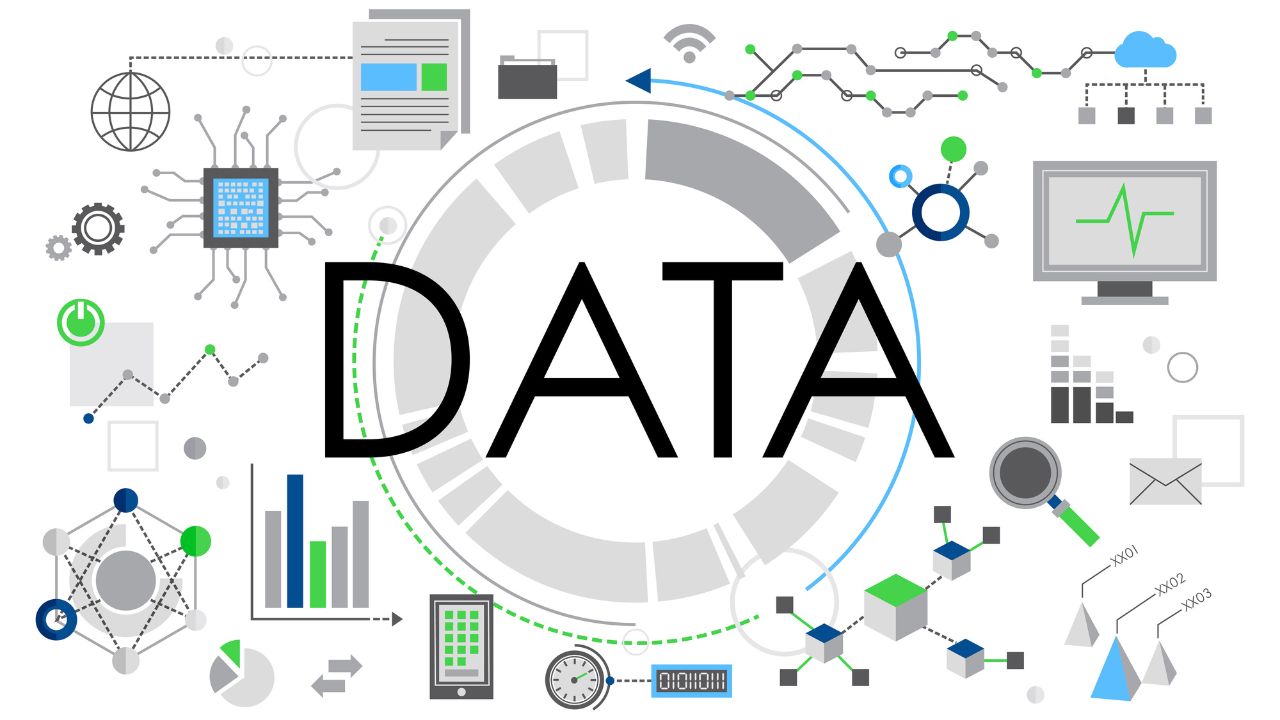Home < Blog < Powering Your AI with Ready-to-Use E-commerce Image Datasets from Crawl Feeds
Powering Your AI with Ready-to-Use E-commerce Image Datasets from Crawl Feeds
Posted on: May 04, 2025
Introduction
In the rapidly evolving landscape of Artificial Intelligence and Machine Learning, particularly within computer vision, the availability of high-quality, well-structured image datasets is paramount. These curated collections serve as the essential training fuel for sophisticated models capable of understanding and interpreting the visual world of e-commerce. Whether you're building a visual search engine, a product recognition system, a fashion trend analyzer, or a beauty recommendation engine, the right dataset can significantly accelerate your development process and improve the accuracy of your AI solutions.
Building comprehensive image datasets from scratch is often a time-consuming and resource-intensive endeavor, involving extensive web crawling, data cleaning, and meticulous annotation. Fortunately, Crawl Feeds offers a valuable solution by providing readily accessible image datasets meticulously extracted from leading e-commerce platforms. These resources offer a significant shortcut for AI practitioners, providing a rich and diverse visual foundation for a wide range of applications across fashion, beauty, health, and home goods.
Featured E-commerce Image Datasets from Crawl Feeds
Explore the valuable datasets available through Crawl Feeds to empower your AI projects:
- Fashion Images Extracted from The Farfetch Website: Immerse your AI models in the world of high-end fashion with this meticulously extracted dataset from Farfetch, available through Crawl Feeds. Featuring a vast collection of luxury apparel, accessories, and footwear, this resource is ideal for training models in fine-grained fashion recognition, style classification, attribute prediction (e.g., sleeve length, neckline), and trend analysis within the luxury market.
- Myntra Products Dataset with Images: Gain access to the dynamic and diverse Indian fashion and lifestyle market with this comprehensive dataset sourced from Myntra, a leading e-commerce platform in India, and offered by Crawl Feeds. This collection encompasses a wide array of clothing for men, women, and children, along with footwear, accessories, beauty products, and home goods, making it invaluable for building AI models tailored to the nuances of the Indian consumer market.
- iHerb UK Products Dataset: Tap into the growing health and beauty sector with this detailed dataset extracted from iHerb UK and provided by Crawl Feeds. Featuring a rich catalog of dietary supplements, vitamins, minerals, herbs, personal care items, and health foods, this resource is perfect for developing AI applications in product identification, dietary analysis, health-focused recommendation systems, and beauty product recognition.
- Furniture Images and Products Schema from Target: Furnish your AI models with a comprehensive collection of furniture images and associated structured product schema from Target, a major retailer in the United States, available through Crawl Feeds. This dataset is ideal for training models in object recognition within home decor, furniture style classification (e.g., mid-century modern, contemporary), spatial understanding for interior design applications, and attribute extraction (e.g., material, color, dimensions).
- Fashion Products Images Dataset: This broad and versatile dataset, offered by Crawl Feeds, provides a substantial collection of fashion product images spanning various categories, styles, and brands. It serves as a solid foundational resource for a wide range of fashion-related AI applications, including visual search, outfit recommendation systems, fashion attribute prediction, and trend forecasting across diverse fashion segments.
The Power and Utility of These Datasets from Crawl Feeds
The meticulously curated datasets available through Crawl Feeds offer several significant advantages for AI researchers, developers, and businesses:
- Real-World Relevance: Sourced directly from active and popular online retail platforms, these datasets provide a realistic representation of product listings and the visual information that consumers encounter daily. This real-world authenticity leads to the development of more robust and accurate AI models that perform well in practical applications.
- Diverse Product Coverage: Covering a wide spectrum of e-commerce verticals, including fashion, beauty, health, and home goods, these datasets cater to a broad range of AI development needs and industry applications. This diversity allows for the creation of versatile models capable of handling various visual recognition tasks.
- Pre-Extracted and Structured Data Potential: In many cases, these image datasets from Crawl Feeds come accompanied by valuable metadata, such as product descriptions, categories, pricing information, and other relevant attributes. This pre-extracted and potentially structured information significantly reduces the time and effort required for data annotation and preparation, accelerating the AI development lifecycle.
- Scalability for Deep Learning: The sheer volume of high-quality images within these datasets available through Crawl Feeds provides the necessary scale for training complex deep learning models effectively. Larger datasets generally lead to more accurate and generalizable AI systems.
- Accelerated Development Cycles: By providing readily available and well-organized visual data, Crawl Feedsallows AI practitioners to bypass the often-lengthy and complex process of data acquisition and cleaning, enabling them to focus their resources on model development, experimentation, and deployment.
Beyond the Obvious: Uncovering Niche Image Datasets
While the general e-commerce datasets from Crawl Feeds offer a fantastic starting point, specialized industries often require more niche and targeted visual data. For example, a comprehensive and well-annotated dataset for the liquor industry, featuring various types of alcoholic beverages, brands, packaging, and shelf arrangements, could be invaluable for applications like product recognition in retail environments, content moderation on online platforms, and marketing analysis.
Finding such highly specific datasets often requires more targeted exploration. Consider these avenues:
- Academic Research Publications: Researchers in specialized domains frequently create and utilize datasets relevant to their work. Their published papers may mention the datasets used and potentially provide links or contact information for access.
- Industry-Specific AI Challenges and Competitions: Participating in or exploring the archives of AI challenges focused on specific industries can sometimes lead to the discovery of unique datasets released for the competition.
- Specialized Data Repositories and Marketplaces: Certain platforms and repositories cater to specific scientific, industrial, or commercial data needs and might host niche image collections that are not widely known.
- Your Specific Needs? If you require bulk image datasets from specific e-commerce websites (fashion, beauty, retail, or others) that are not currently listed, Crawl Feeds can help! We specialize in efficiently extracting large volumes of images based on your unique requirements. Visit our media datasets page at https://crawlfeeds.com/media-datasets to explore our existing offerings. For custom requests and to discuss your specific bulk image data needs, please don't hesitate to contact us through the link provided on our website.
Organizing Your Visual Assets for AI Success
Once you've acquired your image datasets, whether from publicly available sources like those offered by Crawl Feeds or through custom collection efforts, effective organization is absolutely crucial for streamlining your AI development workflow. A widely recognized and highly recommended method for organizing image data is the category-wise folder structure.
As previously discussed, this involves creating a main directory for your dataset and then establishing separate subfolders within it for each distinct class or category of objects you want your AI model to learn. For instance, in a fashion dataset, you might have folders labeled "Dresses," "Shirts," "Pants," and "Shoes." For a liquor dataset, you might organize images into folders like "Whiskey," "Vodka," "Gin," and "Beer." All images belonging to a specific category are then placed within that corresponding folder.
This simple yet powerful organizational strategy offers numerous benefits for AI practitioners, including intuitive data management, seamless integration with popular deep learning frameworks, and streamlined training pipeline creation.
Conclusion
The increasing availability of high-quality, ready-to-use image datasets from e-commerce platforms, such as those provided by Crawl Feeds, represents a significant opportunity for the AI community to accelerate innovation across various retail sectors. The datasets linked in this article provide a rich and diverse foundation for building cutting-edge visual AI solutions in fashion, beauty, health, and home goods. By leveraging these valuable resources and adopting effective data organization strategies, you can unlock the transformative power of visual intelligence and drive impactful applications in the digital marketplace. Explore the links provided, delve into the world of visual data offered by Crawl Feeds, and empower your AI projects to achieve remarkable results.
Latest Posts
Find a right dataset that you are looking for from crawl feeds store.
Submit data request if not able to find right dataset.
Custom request




